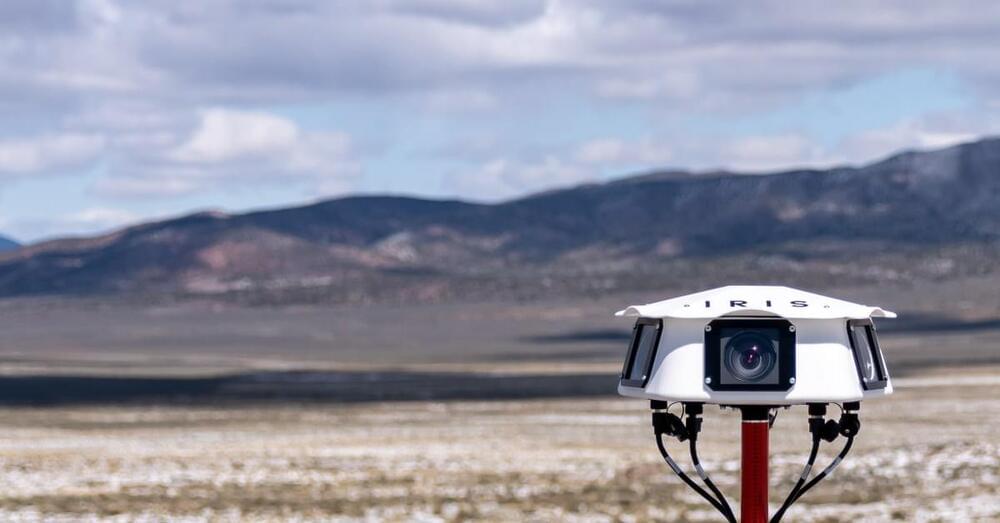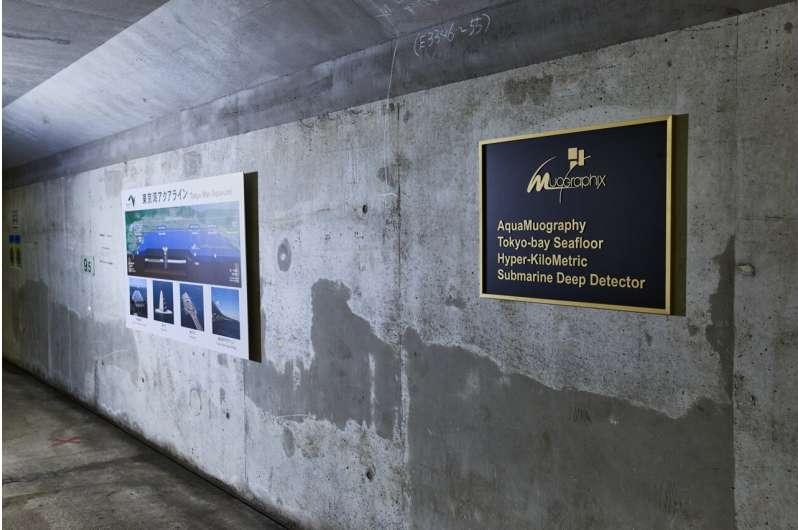Apr 19, 2022
Iris Automation adds TruWeather tech to Casia G system
Posted by Shubham Ghosh Roy in categories: climatology, drones, robotics/AI, surveillance
Safety avionics specialist Iris Automation has made a meteorological enhancement to its Casia G ground-based surveillance system with the integration of TruWeather Solutions sensors and services – a move aiming to add climate security to the company’s aerial detect-and-avoid protection.
Addition of a precision weather utility was a natural step in Iris Automation’s wider objective of ensuring flight safety of, and between, crewed aircraft and drones The company says local micro weather and low-altitude atmospheric conditions often differ considerably from those at higher levels. That differential creates a larger degree of weather uncertainty for aerial service providers, who weigh safety factors heavily into whether they make flights as planned or not.

















